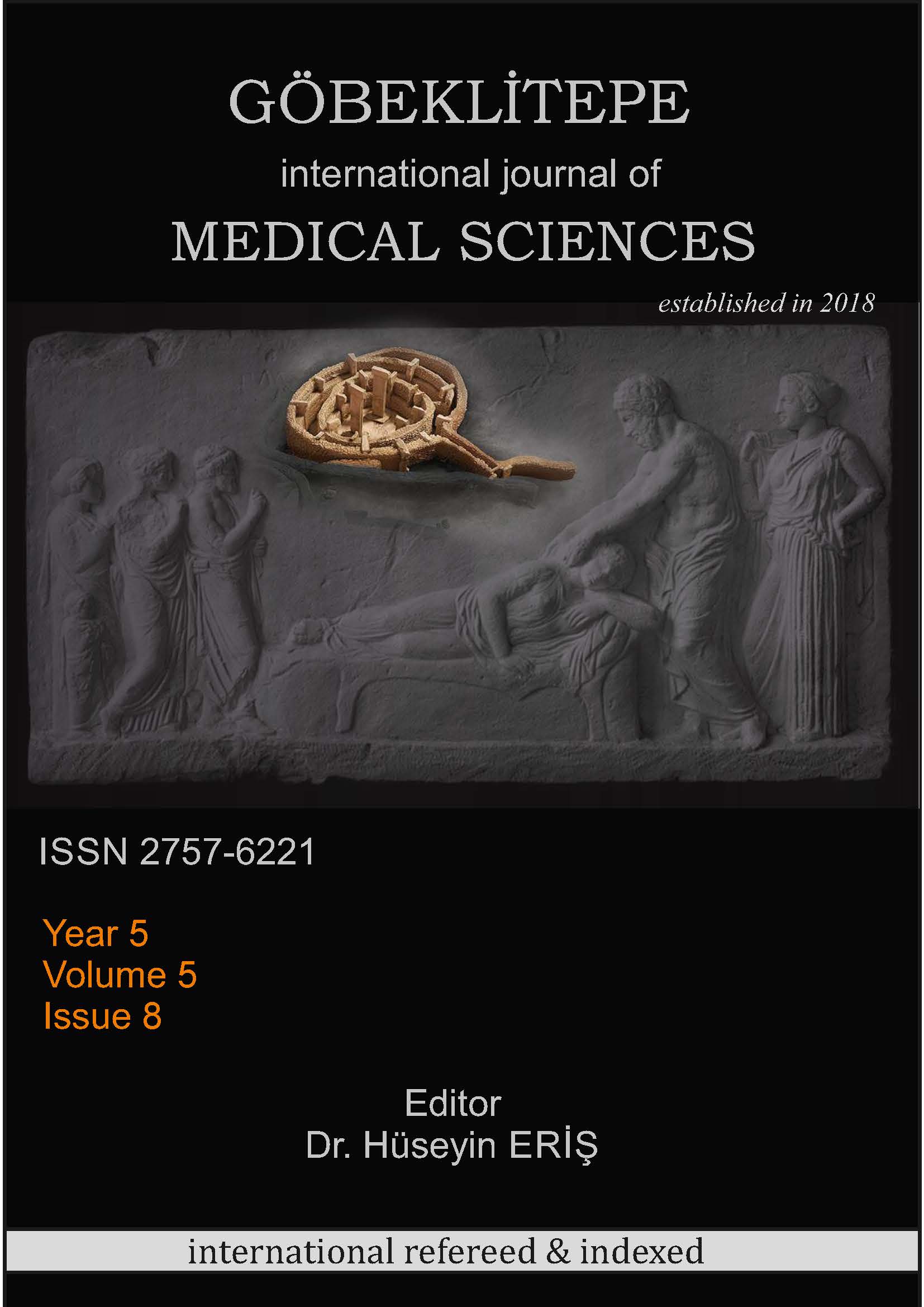Case Study on Dust Formation in Mining Operations and Its Effect on Human Health; Calculating A Quarry Dust Emission Amount
DOI:
https://doi.org/10.55433/gsbd.226Keywords:
Human Health, Pneumoconiosis, Quarries, Dust EmissionAbstract
In the face of developing technology and raw material need, there is a continuous mineral production in the world. Increasing mining activities cause many environmental problems, especially dust emission. Dusts generated in mining operations are of two types, generally explosive (particularly coal dust) and harmful to health (stone and coal dust). Dusts released during production activities in open pits are classified as harmful to health. These dusts pose a great risk for both the environment and employees. In order to reduce these risks, dust formation steps and dust removal methods should be determined carefully. In this study, made in the quarry producing concrete aggregate; The amount of dust emission that will occur after stone crushing, screening and storage processes has been calculated. A pie chart distribution of the amount of dust given to the environment was made and statistically the maximum dust formation step was examined. The effects and risk values of the generated dust amounts in terms of human health were determined. Measures that can be taken to reduce dust emissions are presented under headings.





